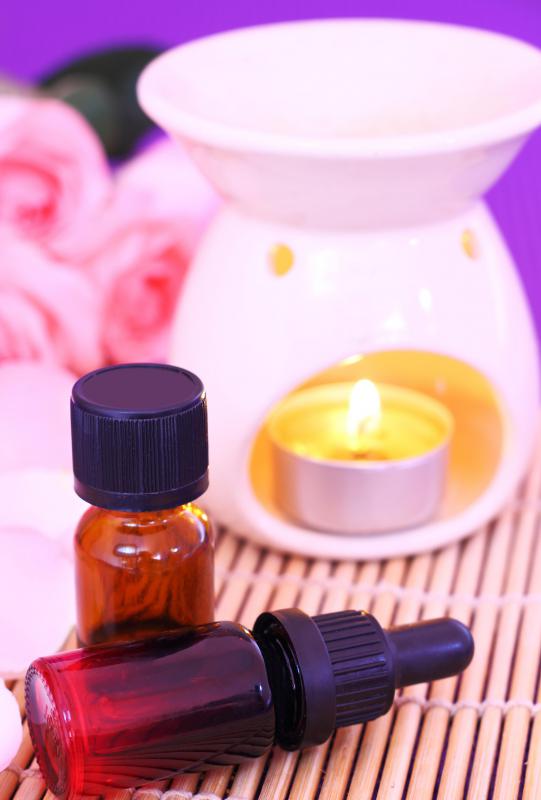At WiseGEEK, we're committed to delivering accurate, trustworthy information. Our expert-authored content is rigorously fact-checked and sourced from credible authorities. Discover how we uphold the highest standards in providing you with reliable knowledge.
What are the Health-Promoting Properties of Peppermint?
Reference to the health promoting properties of peppermint extend as far back as the time of the ancient Romans and Greeks, and is even featured in the Bible. In this ancient context, it was often used in crowns and bouquets in an attempt to ward off drunkenness. While these particular medicinal indications may not exist today, the ancient Greeks and Romans also chewed peppermint after meals to freshen the breath and aid digestion. Over time, this herb has become one of the most popular after meal flavors in products such as mints and gum, which are used today just as mint leaves were in ancient times; to freshen breath and aid digestion.
The peppermint species, mentha x piperita, is the species of mint most widely used in both commercial products such as gum or mints, as well as in health promoting products including skin treatments, toothpaste, and essential oils. Its effectiveness as an ingredient in health promoting products can be attributed to its high concentration of menthol, an organic compound found to possess powerful counterirritant and local anesthetic qualities.

Whereas the ancient Greeks and Romans used this herb in its raw form, either chewing or otherwise using the leaves and flower buds of the plant, today it is commonly used in refined or processed forms. Peppermint essential oil is the most common of these, and is made by distilling the leaves and flowering tips of the peppermint plant. It's commonly used in the practice of aromatherapy, which harnesses the natural properties of plants and herbs through the use of distilled essential oils.

This essential oil has numerous indications within and stemming from the practice of aromatherapy. Its cooling and soothing properties make it a valuable ingredient for comforting and refreshing the skin. It can be used in a lotion and applied to the skin to soothe irritation and pain associated with chicken pox and shingles. When added to water, this oil can make a refreshing foot soak or a cooling bath to treat sunburned skin.

Peppermint oil is also indicated as a useful ingredient in mouthwashes and can be used in slightly higher concentrations to treat headaches and toothaches. One of the most common indications for this oil, however, is for treating nausea. To do this, the oil can be dropped on a tissue, and held close to the nose during inhalation. This method is particularly effective for treating nausea due to motion sickness, pregnancy, and hangover. It can also be mixed with water and honey to form a tea. This method is useful for treating nausea due to illness, and can also soothe heartburn, vomiting, and indigestion. In treating indigestion, however, peppermint is more commonly used in the form of an herbal tea, in which the leaves are steeped in hot water, rather than by using the distilled essential oil.
AS FEATURED ON:
AS FEATURED ON:


















Discuss this Article
Post your comments